Sustainability Starts at the Foundation: Why Future-Proofing Your Cable Infrastructure is the Smartest Green Decision
Discussions around sustainability in networking tend to focus on energy-efficient data centers, low-power equipment, and carbon offsets. But one of the biggest opportunities to reduce environmental impact is often overlooked: the amount of physical infrastructure required to support connectivity.
Every switch, IDF closet, enclosure, and power source added to a network increases energy consumption, materials use, and long-term waste. And in many cases, that extra hardware isn’t just an operational expense—it’s an avoidable environmental cost.
The most sustainable infrastructure isn’t the one that gets recycled years from now—it’s the one that didn’t need to be installed in the first place.
The Environmental Cost of Overbuilding
Traditional network designs often require more infrastructure than necessary, leading to inefficiencies that compound over time. A major contributor to this waste is cabling limitations that force networks to rely on extra switches, enclosures, and power sources just to bridge distance gaps.
When cabling can’t reach where it needs to go efficiently, it drives up environmental costs in ways that aren’t always obvious:
- More materials used upfront – Extra network hardware requires more manufacturing, packaging, and transportation, increasing carbon emissions before a single device is even powered on.
- Higher long-term energy consumption – The additional hardware needed to support shorter cable runs requires ongoing power and cooling, increasing operational impact.
- Increased installation footprint – More equipment means more pathways, conduit, and enclosures, adding to the materials and labor needed for deployment.
The result? A network that’s built to compensate for cabling constraints instead of optimizing for sustainability.
Future-Proofing with Smarter Cable Infrastructure
One of the most effective ways to reduce waste and energy consumption from day one is to minimize the need for extra hardware in the first place. That starts with cabling infrastructure that extends further, eliminating unnecessary network equipment at the source.
For example, a product like Paige GameChanger® Cable extends Ethernet data and power twice as far as traditional cabling, allowing networks to reach further without requiring additional switches, IDF closets, or power sources.
This has significant green benefits:
✔ Fewer switches mean lower energy consumption.
✔ Less power-hungry hardware reduces long-term operational costs.
✔ Fewer enclosures and cooling requirements shrink the overall carbon footprint.
By making cabling decisions that reduce the need for extra hardware, businesses aren’t just saving money—they’re reducing their environmental impact before the network even goes live.
Sustainability and Scalability Go Hand in Hand
Future-proofing your cable infrastructure doesn’t just reduce environmental impact—it delivers long-term business value.
Companies that eliminate unnecessary hardware from the start:
- Lower their energy consumption by requiring fewer power-hungry network devices.
- Reduce installation costs by eliminating unnecessary enclosures and cooling demands.
- Streamline operations with simpler, more efficient network designs.
The best sustainability strategies aren’t about fixing problems later—they’re about avoiding waste from the beginning. Every switch, enclosure, and power source that doesn’t need to be installed is a win for both the environment and the bottom line.
The Most Sustainable Infrastructure is the One You Don’t Have to Install
For all the talk about going green in technology, the most effective step companies can take is rethinking how much infrastructure they actually need. Choosing cable solutions that reduce dependency on additional hardware isn’t just a way to optimize costs—it’s a direct way to lower energy use, reduce material waste, and build a more sustainable network.
The best sustainability strategy isn’t just about using better materials—it’s about designing a network that requires fewer resources from day one.

